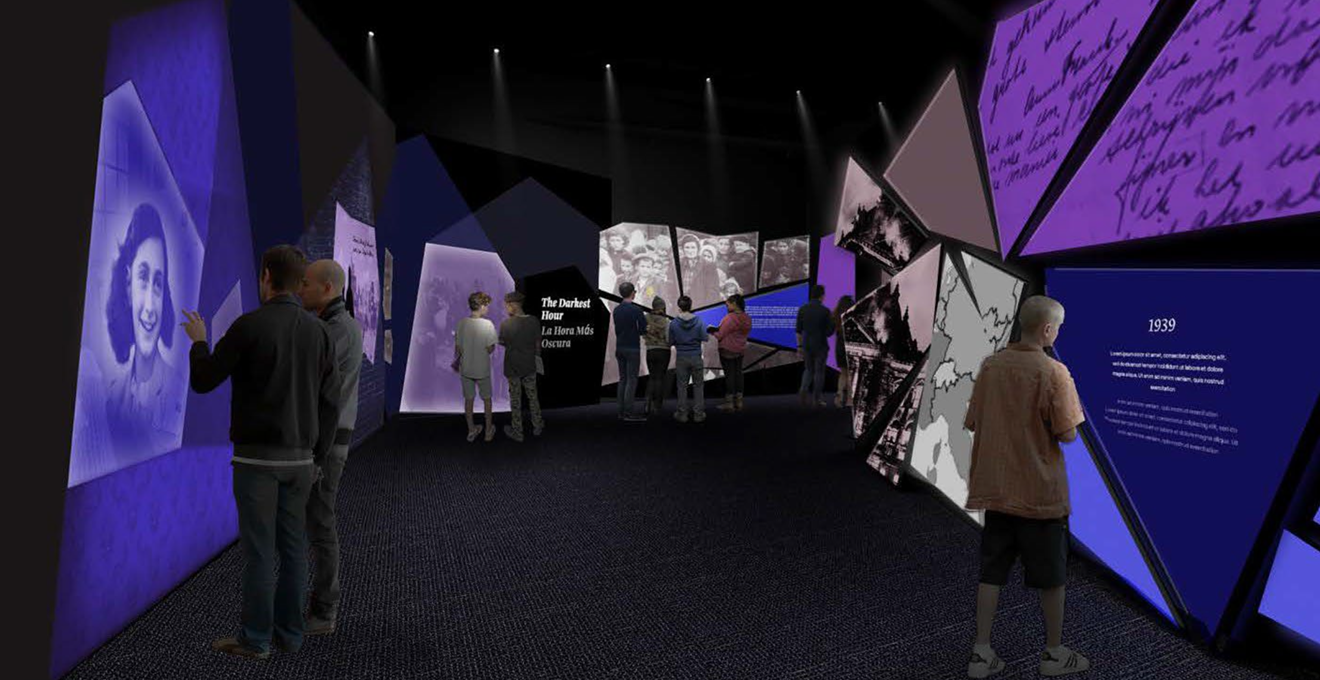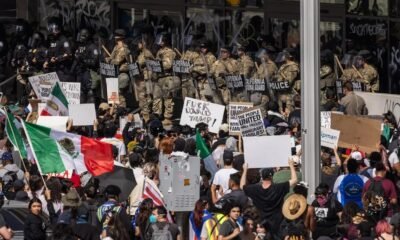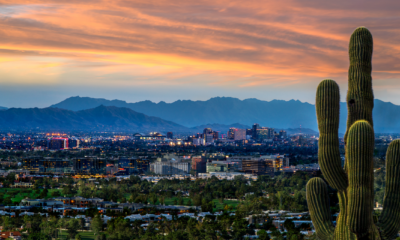Arts & Culture/Jackalope Ranch
Phoenix Holocaust Center Secures $38M for 2027 Opening

Audio By Carbonatix
The much-anticipated film “Darkest Hour,” directed by Joe Wright, examines a pivotal moment in history. Set during World War II, it follows Winston Churchill’s rise to power and the moral dilemmas he faced. Gary Oldman, in an Oscar-winning performance, embodies Churchill’s complexity, showcasing the weight of leadership in dire times.
The narrative highlights Churchill’s resistance to negotiating with Nazi Germany, emphasizing the significance of resilience amidst overwhelming odds. This film does not shy away from portraying the political turmoil of the era, juxtaposing Churchill’s newfound authority with public skepticism and fierce opposition.
Visually, Wright creates a compelling atmosphere, using shadow and light to mirror the uncertainty of the period. The cinematography complements the intense performances, drawing viewers into the emotional landscape of historical decision-making. Additionally, the film’s score further amplifies the urgency that characterized Churchill’s leadership.
Wright’s direction is both intimate and grand, effectively capturing the gravity of superlative moments. The portrayal of the British parliament adds layers to the political landscape, illustrating the challenges faced not just by Churchill, but by a nation on the brink of invasion.
“Darkest Hour” serves as a reminder of the importance of courage in leadership. In a world rife with conflict, it prompts viewers to reflect on the values that guide decision-making during crises. The film shines a light on history’s darker moments, encouraging discourse about moral responsibility and the legacy of political leaders.
This film is an essential watch for anyone interested in history, politics, or the complexities of human nature. It reinforces the belief that even in the darkest of hours, leadership forged in resilience can illuminate the path forward.


















